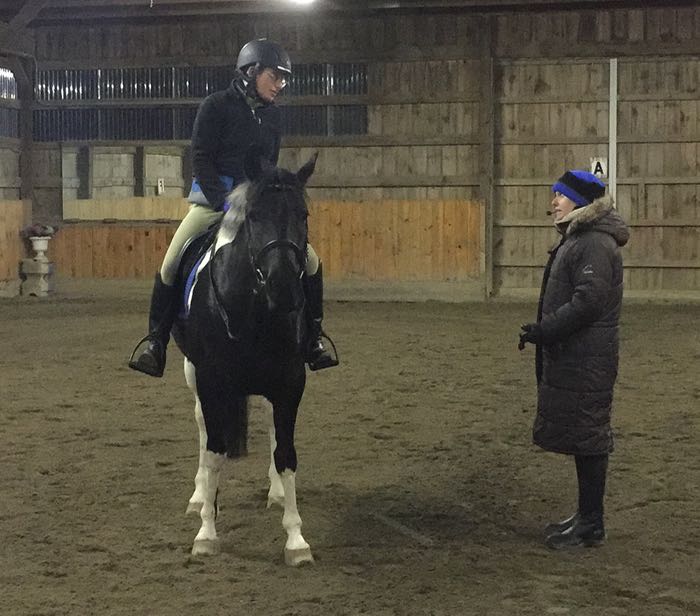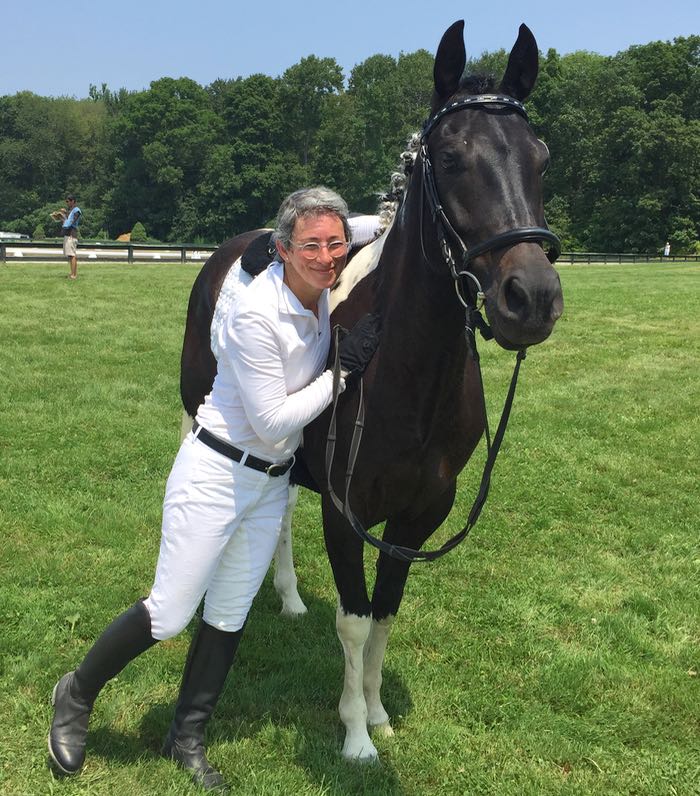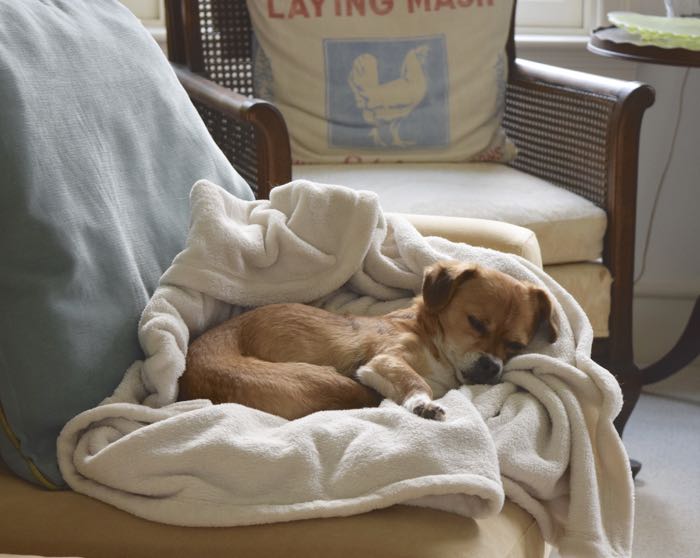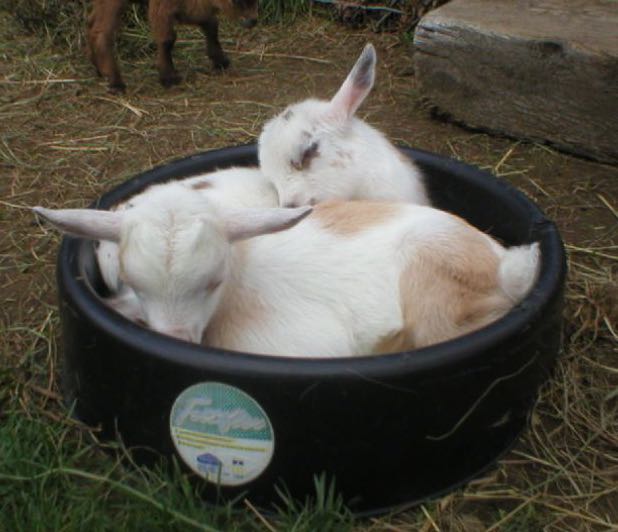Owning a horse with white legs has its challenges. Horses don’t care if they’re sparkling white, but we people do take pleasure in the beauty of our animals, so much time is spent keeping them clean. It’s not just aesthetics – grooming has many benefits. Tonka is a black and white paint, with crisp delineation between the markings. And yet, this is how I often find him, with dingy yellow-brown stains on his hind legs.

In his stall, he’s a fairly tidy horse. He doesn’t churn up the manure. But I swear that each night he looks for the biggest pile to use as a cushion for his rear end. In the summer I’m able to wash him off on a daily basis, but in the winter, the water to the outside wash stall is turned off. Yesterday, with the temperature around 60º F, I was able to clean Tonka up. It was too cold to give him a full bath, but I filled a bucket with hot soapy water (there’s actually horse shampoo designed for use on white horses), scrubbed those white legs thoroughly, then rinsed with warm water. Tonka enjoyed the attention, and I like to think that he’s more comfortable without those stains, which are likely itchy.

Lovely!

This, of course, is not the end of the story. Earlier in the day, we’d gone on a 4 1/2 mile walk through the woods. Then he had his partial bath. It was warm. I knew exactly what he’d do next. There’s a special area in the center of his paddock which isn’t too rocky.
He made sure that Maggie was busy at her hay net,

because what he was about to do puts him in a vulnerable position. It’s not easy for a 900 pound animal to ease himself down to take a dirt bath.

But, oh, it felt so good!


When Tonka stood up, he shimmied.

But that didn’t shake off the mud. At least I know that the manure stains under that dirt are gone.

This time of year, rolling in a wallow includes getting decorations in the tail.

Oh well. White legs on a horse is at best an impermanent condition. What matters is that the horse is happy.






























